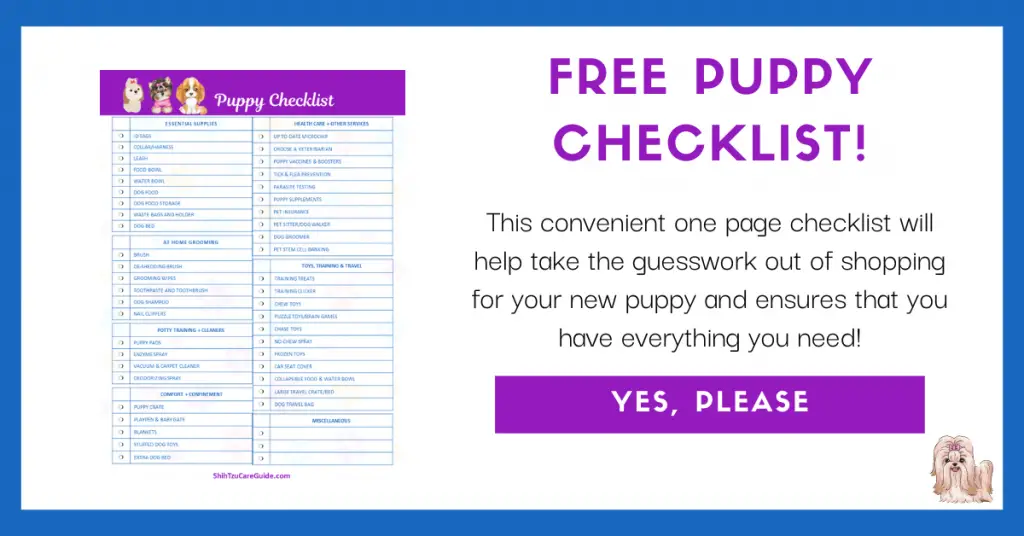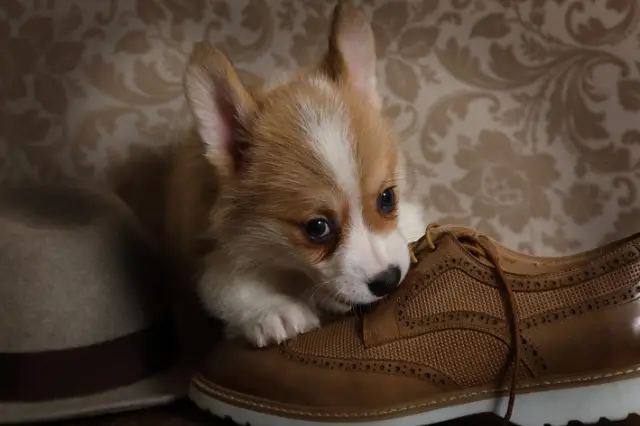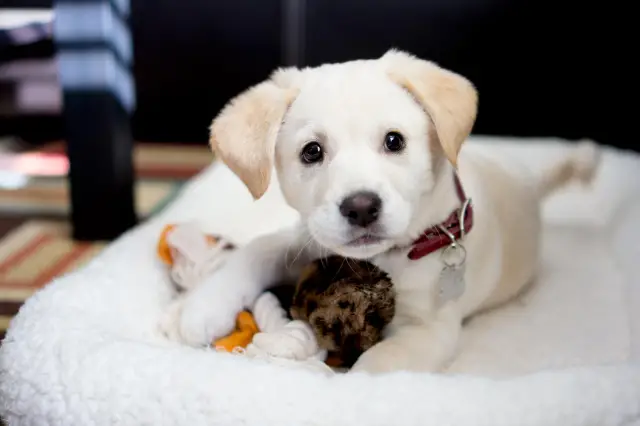When you bring a puppy into your home, there are certain common behaviors to look out for. Some of these behaviors may be cute, but they can also be signs of problems down the road.
Today, we will discuss 10 common puppy behaviors to look out for. By being aware of these behaviors, you can take steps to correct them before they become bigger issues.
So, without further ado, let’s get started!
Affiliate Disclosure: This post contains Amazon affiliate links. This means I get a small commission for qualifying purchases made at no extra cost to our dear readers. Please read the disclaimer for more info.
1. Chewing
The first behavior to look out for is chewing. Puppies love to chew on things, including furniture, shoes, and even walls. While this may seem harmless, it can actually be a sign of separation anxiety or boredom.
If your puppy is constantly chewing on things, try providing him with chew toys or bones to gnaw on.
You can also try puppy-proofing your home by removing anything that you don’t want him to chew on.
2. Jumping
Another behavior to watch out for is jumping. Puppies often jump on people as a way of greeting them. While this may be cute, it can also be annoying or even dangerous.
If your puppy jumps on people, try teaching him to sit and stay before you pet him. You can also try teaching him the command to “leave it” when he jumps on people or things.
Puppies are full of energy, and they love to play. However, sometimes this playfulness can get out of hand.
Puppies are also known for being escape artists. If your puppy is constantly trying to run out the door, it’s important to teach him to stay and come when called.
You can also try using a baby gate to block off the area where he is trying to escape.

3. Nipping and Biting
While nipping and biting may seem like playful puppy behavior, it’s important to nip it in the bud. If your puppy is constantly biting or nipping at you, try saying “no” firmly and redirecting his attention to a toy or bone.
If he continues to bite, you may need to put him in time-out for a few minutes.
This will help him learn that biting is not acceptable behavior.

4. Separation Anxiety
One behavior that is often overlooked is separation anxiety. Puppies can get anxious when they are away from their owner. This can manifest itself in a number of ways, including chewing, barking, and whining.
If you think your puppy has separation anxiety, it’s important to seek professional help. A veterinarian or animal behaviorist can help you find ways to ease your puppy’s anxiety.
5. Sensitivity to Handling
Some puppies are sensitive to being handled. This may be due to a traumatic experience or abuse in their past. If your puppy is afraid of being touched, it’s important to go slowly and let him get used to being handled at his own pace.
Once he is comfortable with being touched, you can begin to introduce different types of handling, such as grooming and vet visits.
6. Reacting to Loud Noises
Many puppies are afraid of loud noises, such as thunderstorms or fireworks. This fear can lead to shaking, panting, and hiding. If your puppy is afraid of loud noises, it’s important to help him learn that there is nothing to be afraid of.
You can do this by desensitizing him to the noise with a recording or by taking him to a place where he can hear the noise but is not in danger. You can also try using a ThunderShirt to help keep him calm.
7. Dominance Aggression
Dominance aggression is a type of aggression that is often seen in puppies. This behavior is characterized by growling, snapping, and biting. It is usually directed towards people or other animals.
You may also notice your puppy aggressively guarding his food and toys.
If your puppy shows signs of dominance aggression, it’s important to seek professional help. Speak with your veterinarian or look into getting a trainer that can help you find ways to deal with this behavior before it gets out of hand.

8. Zoomies
Zoomies are a type of hyperactivity that is often seen in puppies. This behavior is characterized by running around in circles, leaping and bounding, and generally acting wild.
While this may seem cute, it can actually be dangerous. If your puppy has zoomies, it’s important to make sure that he has a safe place to run and that he is not running into things.
You can also try to tire him out with a game of fetch or a walk before he has a chance to zoom around.
9. Peeing Everywhere
Puppies often pee everywhere because they are not yet house trained. This behavior can be frustrating, but it’s important to remember that puppies will eventually learn where they should and should not pee.
In the meantime, you can try using a puppy pad or crate training to help your puppy learn where he should go to the bathroom.
10. Eating Poop
While eating poop may seem gross, it’s actually a common puppy behavior. This behavior is called coprophagia and it can be caused by a number of factors, including hunger, boredom, or curiosity.
If your puppy is eating poop, it’s important to make sure that he is getting enough food and exercise.
You can also try feeding him a high-quality diet to help discourage this behavior.
In Conclusion
Overall, puppyhood is a time of exploration and learning. It’s important to be patient with your puppy and help him learn what behaviors are acceptable.
If you’re unsure about how to deal with a behavior, it’s always best to consult with a professional.
With a little patience and training, your puppy will soon grow into a well-behaved dog.



